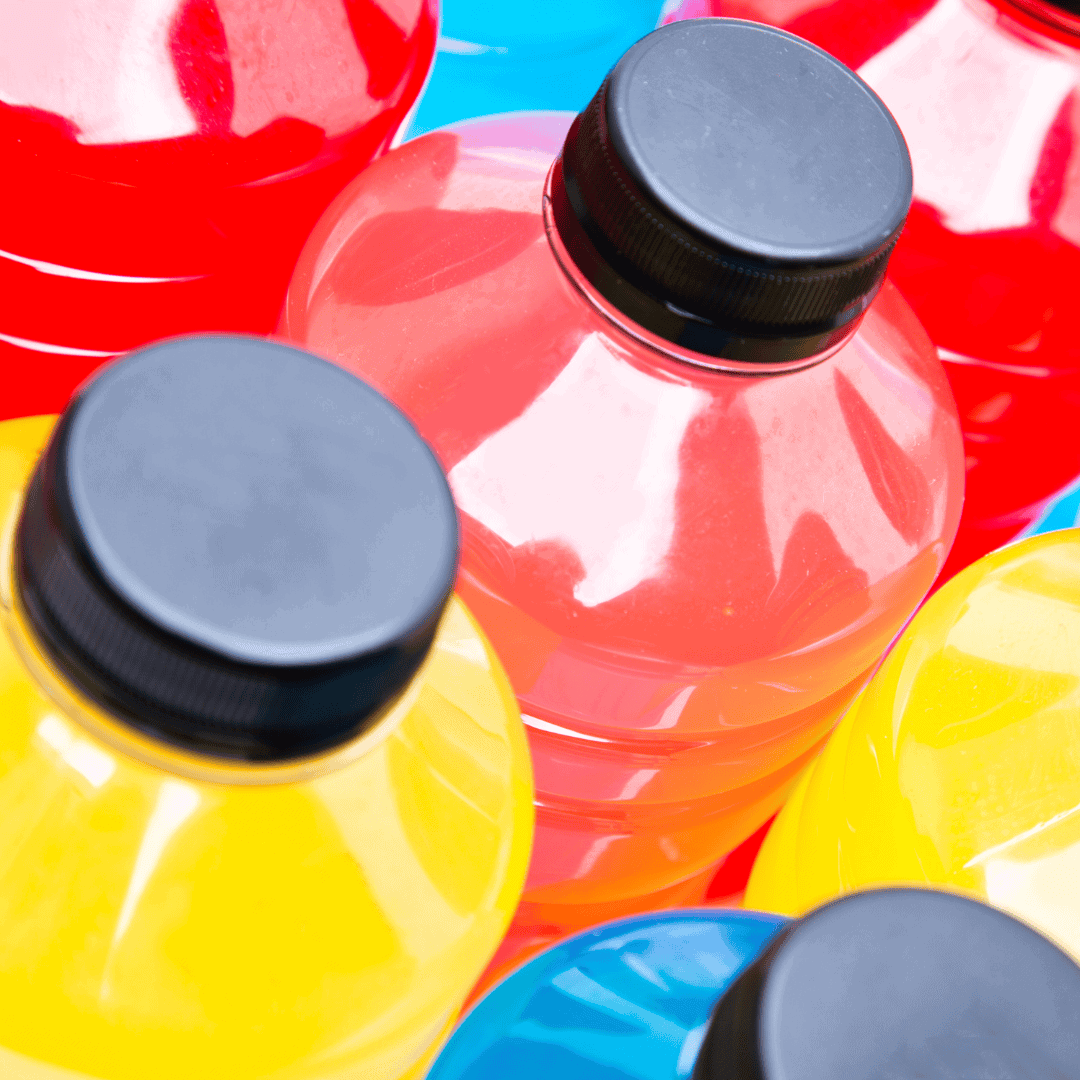Finding Your Sweat Rate
To learn about your average sweat rate, we’ve built a sweat rate calculator for you to use that uses the following information: your (naked) weight before and after you run, how much fluid you consumed during your run, and how long you were running. Essentially, the sweat rate equation is your pre-run weight minus your post-run weight times 16 (oz in a pound), all divided by the number of hours you were running.
With this information you’ll get immediate feedback on how many oz of sweat you lose an hour.
When should you measure your sweat rate?
I recommend to athletes that they measure their sweat rate whenever the weather takes a turn. This makes sense when transitioning from cooler to warmer weather since we know our sweat rate will increase during this time. By measuring your sweat rate early in this weather transition, you can avoid unintentionally underhydrating and the negative consequences that come with the different levels of dehydration.
I also recommend that athletes do sweat tests when the weather makes transitions cooler for two reasons.
The first thing is, you tend to underestimate your hydration needs. Understanding your needs even in cooler weather can help you avoid unintentionally stressing your body with dehydration.
The second is, by having an understanding of your sweat rate in different weather conditions, means you’ll have a better sense of how to fine-tune your hydration plan for race day. If you only know your hydration needs during the worst of summer, you won’t know the right way to adjust for race day, leading you to overdoing it (and needing to pee during your race) or underdoing it (and having a less than ideal race day as a result).
Finally, I recommend to athletes that whenever they are conducting sweat tests, they perform a few over the course of 1-2 weeks. This way, they can determine an average rate instead of being subjected to errors resulting from a single sample.
Which runs are the best to measure sweat rate?
Because the goal of the sweat rate calculator is to identify how much water you lost through sweat (and respiration in dry conditions), we want to make sure we’re doing sweat tests on days that meet the following criteria.
- You’re not eating or taking gels during your run.
- You can track how much fluid you take down during your run (best practice, fill your bottle at the beginning of your run and finish it before you weigh in, even if it’s after your run has ended).
- You don’t go to the bathroom between weigh ins.
With the necessary conditions in place, the optimal days to conduct sweat tests are shorter easy runs, typically lasting 60 minutes or less.
Want to read more on all these topics? Find it in The Training Club!
